One of the greatest stars of Netflix drama The Crown is Belvoir Castle. Her Grace, The Duchess of Rutland tells Felix Rowe about her custodianship of this stunning stately home
Perched on a hilltop on the Leicestershire border, with impenetrable walls and imposing turreted tower, Belvoir Castle (pronounced ‘Beaver’) ticks all the boxes for a medieval fortress. Except it isn’t really a castle at all. It’s a grand 19th-century country house designed to dazzle and impress, rather than hold its own in battle.
But that’s not to say it doesn’t seep heritage from every battlement. The estate’s very existence is owed to the greatest battle in English history. Belvoir’s story stretches back 1,000 years, and features a king at war with his nation, alleged witchcraft and murder.
The current ‘castle’ is actually the the fourth incarnation of Belvoir to stand on the site. The first stemmed from the Norman Conquest, thrown up as a symbol of the new management following William the Conqueror’s victory at Hastings.
The second castle, built using stone from local monastic houses dissolved by Henry VIII, saw its share of action. During James I’s reign three former servants were tried
as witches for the death of the two male heirs, Henry and Francis Manners. Belvoir was an active Royalist stronghold during the English Civil War, and Charles I even spent a night there during the conflict, an event which no doubt sealed the building’s fate. It was torn down by the victorious Parliamentarians in 1649.
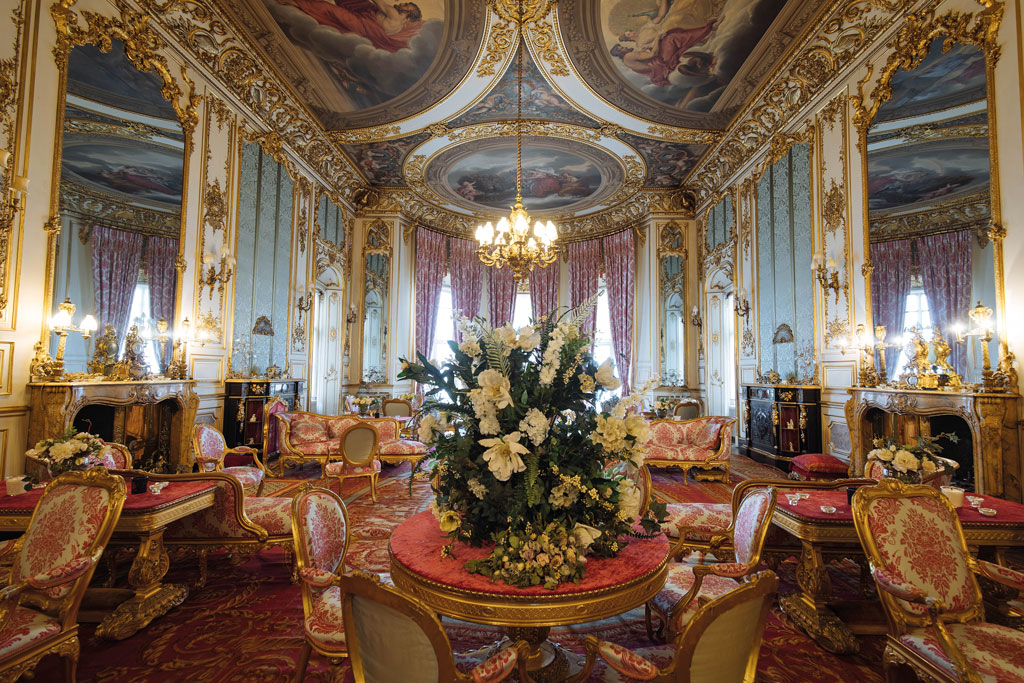
Its replacement, a modest country house built during the Restoration of Charles II, was also razed to the ground – this time by its own inhabitants, to make way for the grand Gothic Revival home that sits there now. And grand it certainly is.
Belvoir is a luscious, widescreen feast for the eyes; it’s easy to see what makes the house so appealing to film location scouts for blockbusters including The Da Vinci Code and the recent Victoria & Abdul. The real Queen Victoria was one of many illustrious guests to have stayed here. Visiting in December 1843, the Queen and Prince Albert arrived with a large entourage that included the Duke of Wellington and Prime Minster Sir John Peel.
Belvoir’s royal connections – real or purely cinematic – don’t end there. Fans of Netflix’s The Crown will already be familiar with its richly adorned Regency interiors and beautifully manicured gardens, which have proved to be the perfect substitute for the Queen’s beloved Windsor Castle. The Elizabeth Saloon, featured in Season Three, is a popular choice for directors looking to create a spectacle and evoke the opulence of the royal palaces. Belvoir also made an impression on a young Walt Disney, who visited as a child – it was apparently a key inspiration for the fantasy castle seen in the opening credits of every Disney production.
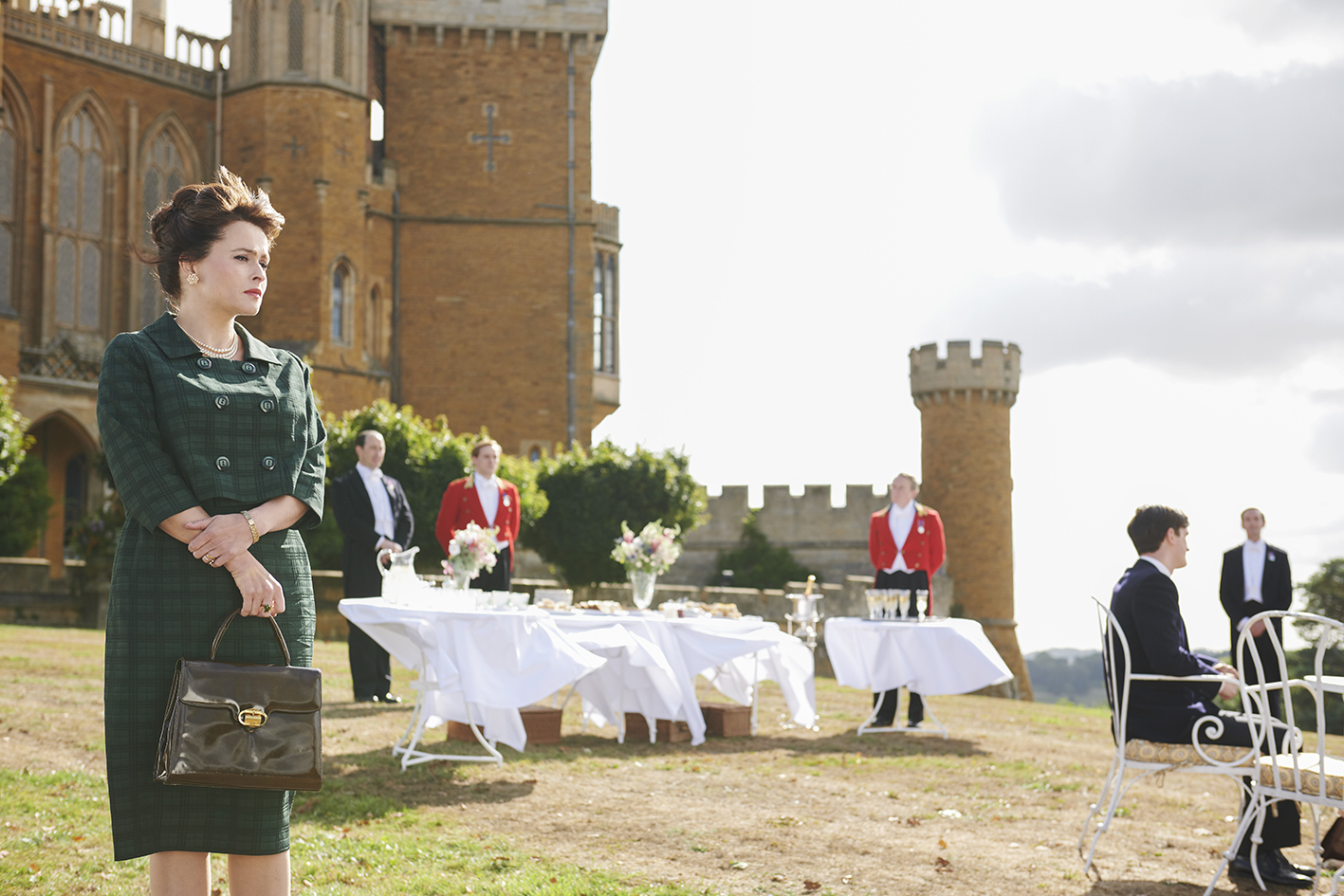
Belvoir also lays claim – among other contenders for the title – to being the home of afternoon tea, a Victorian tradition that supposedly began during a visit from the Duchess of Bedford, Queen Victoria’s Lady of the Bedchamber.
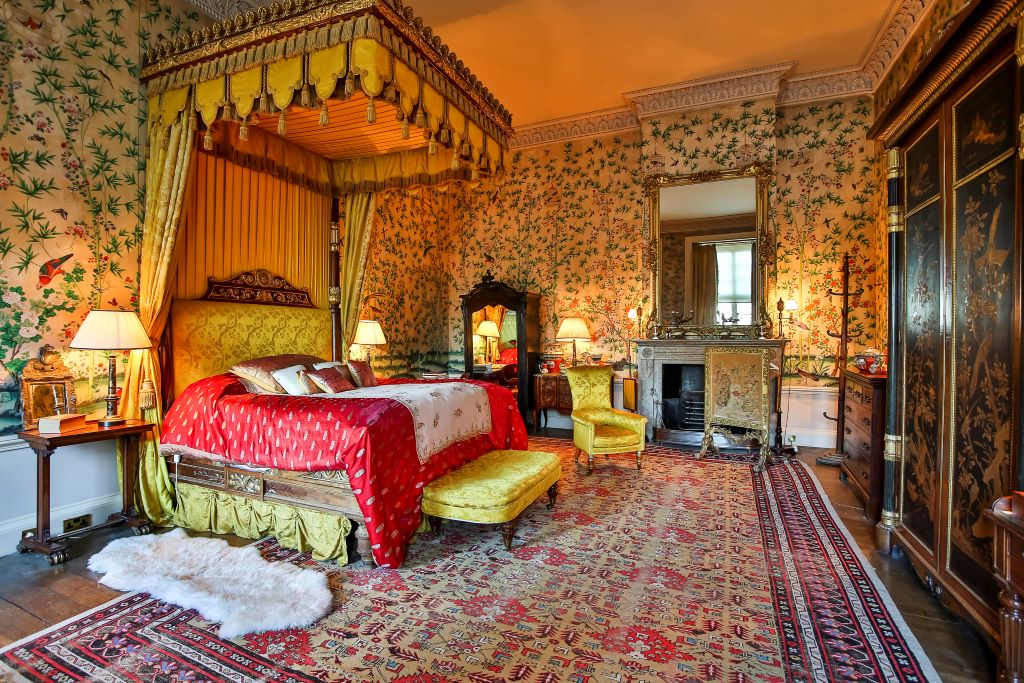
BRITAIN caught up with Her Grace, Emma Manners, Duchess of Rutland to hear more about the estate’s fascinating history and her life as Belvoir’s custodian.
The Duchess’s own story reads like something out of a classic Hollywood fairytale. “I’m a farmer’s daughter from mid-Wales,” she says, “who happened to end up marrying a Duke.”
Yet despite a prior instruction to address her as ‘Your Grace’ unless invited otherwise, there’s not a hint of ostentation throughout our encounter. She’s a thoroughly modern Duchess, busy doing her Christmas shopping online in between chatting. She has used her position to champion quality British produce, artisans and craftsmanship, and brings an element of real-world entrepreneurship to the role – a valuable quality for today’s aristocracy.
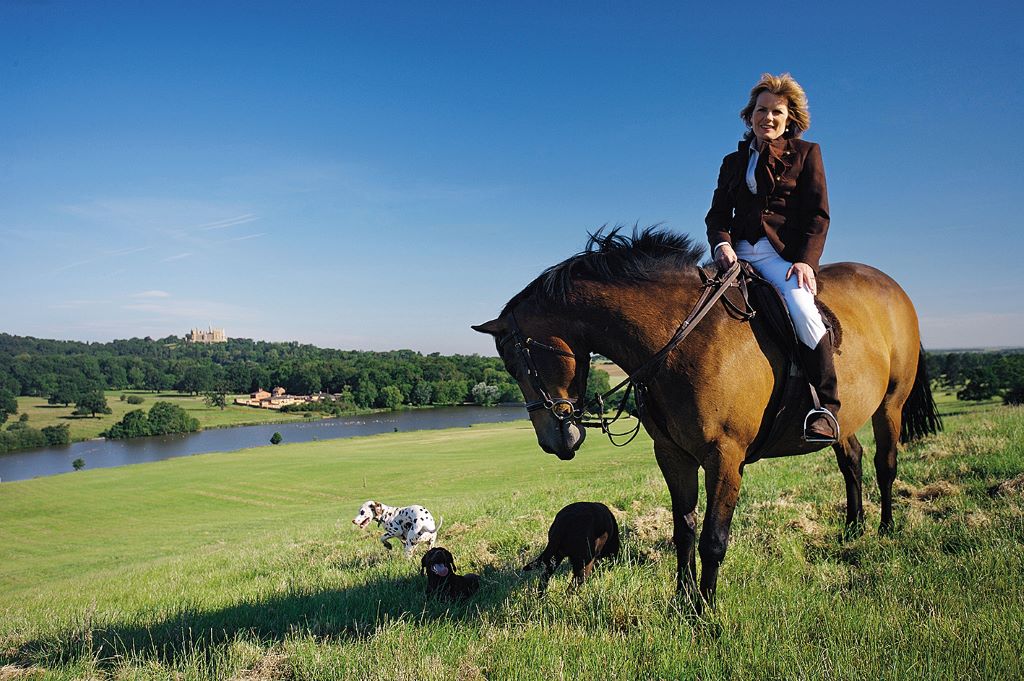
BRITAIN: What does Belvoir hold in store for the visitor?
Emma, Duchess of Rutland: Belvoir is a fairytale castle – every child’s dream of what a castle should be like. It sits on a hill and commands views of six counties from its fortified position. James Wyatt, the architect, wanted to build something that, from every aspect on arrival and as you look out of every window, offers these extraordinary views. “Belle voir” – beautiful view. Uniquely, it’s never been messed around with, so it’s pure Regency, a very flamboyant period of decorating and design. You feel very much that you’re going back in time.
B: Belvoir has a fascinating history…
E: The family arrived in 1066. Robert de Todeni, the ancestor of the Manners family, was the standard bearer behind William the Conqueror when he landed on this turf – the tough guy who protected him.
B: How does it feel to step into that 1000-year heritage?
E: It’s an enormous responsibility, but I really am just a caretaker, a custodian. We share our home and people
come on a journey with us. I just get on and do the job.
B: You refer to the 5th Duchess, Elizabeth, as an “absolute icon”. Why does she hold such a special place in your heart?
E: She was married at 19. She arrived at Belvoir – then a rather dull, boring Charles II house with small, unimpressive rooms – and fell totally in love with her Duke. She persuaded him to restore and totally rebuild the castle that we’re in now, working tirelessly for the entirety of her life. She had 11 children, of which seven survived. She was driven, focused and yet had a burst appendix at the age of 45 and died before this building was completed. I often feel she’s on my shoulder kicking me on, saying, “Come on! We’ve got to get this job completed!” When you’re being looked at by generations of ancestors’ portraits, they do somehow seem to get rather under your skin.
B: Tell us about your own restoration work.
E: The first job was to restore the castle itself. It had been very much turned into a sort of museum. I opened it up so we use every room now, just as the home would have been used two hundred years ago. I want the public to see it as a living home. By chance we found this extraordinary plan of the last ever landscape that Capability Brown designed
on this scale. No-one really knew it was a Brown landscape. We’ve restored 20 miles of stone roads through all our woodland and planted 100,000 camellias, 50,000 azaleas and also magnolias. It really is the most extraordinary woodland garden. 20 acres of restored waterways were all blocked up after a hundred years of being used as dumps. And that’s little known – a lost Capability Brown landscape, restored to the letter from his plan created 250 years ago.
B: How did the castle’s role as a film location come about?
E: Well, it either fits the bill or it doesn’t. We’re very lucky that Belvoir has always been considered the greatest stand-in for Windsor and anything to do with the royal palaces. Belvoir is the first go-to place. We did The Young Victoria, I love that. They very kindly left us a bed which was made for the film in our Tapestry Bedroom.
B: You are a very modern Duchess. How important is it to remain accessible?
E: It’s a necessity, there’s no other way! There’s a whole misconception that we sit in ivory towers filing our nails, but it’s not like that at all, it’s very hands-on. We live in big houses but we’re normal people, we don’t have tiaras on our heads. I’ve got meetings back to back all day today. I’m always running.
Getting there
The nearest train stations are Bottesford and Grantham (direct trains from London King’s Cross to Grantham take around an hour and a half). www.thetrainline.com
Belvoir Castle
The castle and gardens are usually open to the public from 1 March. Guided tours of the castle and gardens are available, as well as butler’s tours of the private quarters. www.belvoircastle.com
Where to stay and eat
The estate offers a range of stunning accommodation on site, including the Shepherd’s Hut rural retreat, lakeside cottages and even bedrooms within the castle itself. The Engine Yard offers locally-sourced food including pheasant from the estate. Nearby Grantham has more food and accommodation options to offer.
www.engineyardfueltank.co.uk

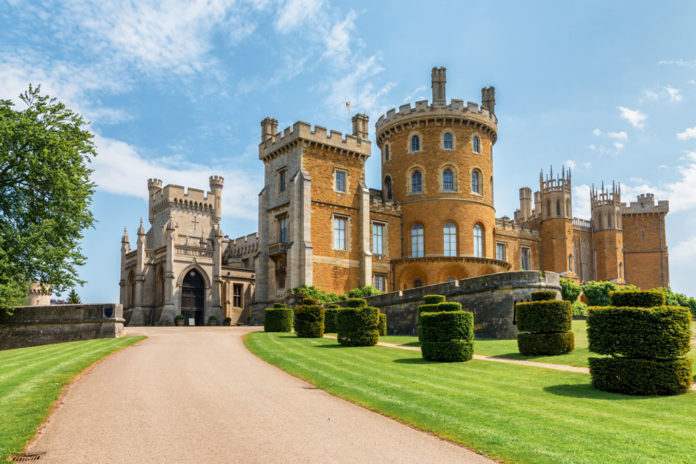




 © 2024
© 2024